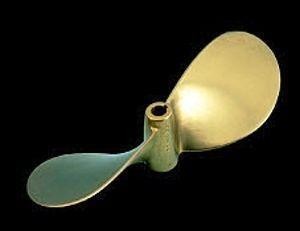I'm going to be upgrading the fuel system on my H34's 3GM30F. The shortlist:
1. Changing the Fuel Lines [I noticed last weekend that my fuel delivery line was all clogged up when I removed it from the tank]. I think I clogged the line up even more by attempting to clean it out...
2. Installing an 8" Seabuilt Inspection Port [lots of write-ups on this].
3. Cleaning out the inside of the tank... Q: Where is the tiny strainer - is it at the end of the pick-up tube?
4. Installing a Fuel Gauge
5. Any other suggestions - while I'm "in there...?"
My question is: After reading the Yanmar Manual, it states on Pg. 81 2c to: "Loosen the fuel strainer air bleed bolt." Can anyone point this bolt out for me? Also, I cannot find a good step-by-step video or instruction on how to properly bleed my engine.
Any help would be greatly appreciated!! Shannon
1. Changing the Fuel Lines [I noticed last weekend that my fuel delivery line was all clogged up when I removed it from the tank]. I think I clogged the line up even more by attempting to clean it out...
2. Installing an 8" Seabuilt Inspection Port [lots of write-ups on this].
3. Cleaning out the inside of the tank... Q: Where is the tiny strainer - is it at the end of the pick-up tube?
4. Installing a Fuel Gauge
5. Any other suggestions - while I'm "in there...?"
My question is: After reading the Yanmar Manual, it states on Pg. 81 2c to: "Loosen the fuel strainer air bleed bolt." Can anyone point this bolt out for me? Also, I cannot find a good step-by-step video or instruction on how to properly bleed my engine.
Any help would be greatly appreciated!! Shannon


